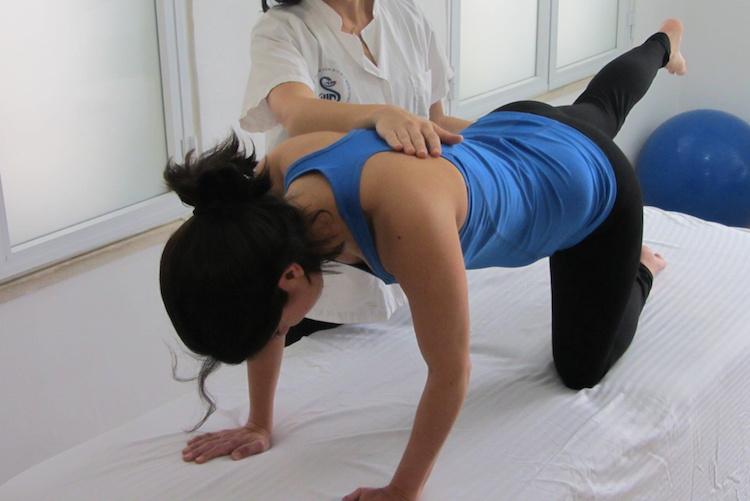This seminar is a comprehensive introduction to the essential science, principles, methods, and philosophy of Clinical Somatics. The material in this course is comprised of some of the most valuable and exciting portions of the Clinical Somatic Education Professional training curriculum, presented in a short, manageable timeframe. The principles and practices of Somatics taught in this course will provide immediate and practical benefit to laypeople and professionals alike by providing professionals a solid foundation in somatic theory and practice that will augment their work, while also enhancing one's personal health practices, sports, activities, and wellness.
Whether or not you plan to continue on to full Professional Somatic training, this course provides must-have essentials for healthcare, movement, sports, dance, and education professionals of all kinds and will support work in the fields of psychology, development, stress relief, trauma recovery, wellness, education, and coaching.
Prospective attendees include...
- bodyworkers and movement professionals
- massage therapists
- physical therapists
- fitness & personal trainers
- medical professionals and others who work with patients experiencing injury or chronic pain
- people interested in or considering the Clinical Somatic Education Professional Training Program or the Somatic Exercise Teacher training program
- or anyone interested in Somatic health or using Somatic principles and methods to help others or themselves
There are two parts to this seminar: Each part is a one-day course. We offer each part independently, to provide you the maximum range of choices, flexibility, and accessibility to benefit from this material. You might only wish to attend the first half, or perhaps you're not sure and want to try it out; or you may wish to attend both parts but your schedule or travel makes doing so all at once inconveient; on the other hand, you may wish to attend parts 1 & 2 together, to save on travel or for scheduling convenience. To this end, we generally offer parts 1 & 2 on the same weekend, so you have the choice of attending both consecutively.
Some of topics covered in this course are listed below.
Fundamentals of Clinical Somatic Education, Part 1: Theory
- While rich with advanced neuromuscular topics, this day is features material that is accessible for all audiences from experienced healthcare professionals to aspiring practitioners without a medical background, so you can understand this for yourself and clients.
- The neurophyisiology of motor control, learning, stress & trauma responses, chronic pain and musculoskeletal issues
- Immediately usable information for both healthcare professionals working with patients in pain or injury or chronic illnesseses of the musculoskeletal system; movement and training professionals working with athletes, movers, and dancers; or bodyworkers, massage therapists, physical therapists, and assistants working with the vast marjority of their patients.
- What is Sensory Motor Amnesia, how does it occur in the body, how it causes up to 90% of chronic pain & musculoskeletal disfunction, and how it impacts or contributes to other medical conditions.
- How Somatic disfunction directly and indirecly causes many of the conditions and problems associated with aging, degenerative diseases, atrophy and decline of movement performance
- Variables and contributing factors to limitations and decline in athletic performance
- The most common stress reflexes in the body and detailed explanations of how each contributes to major musculoskeletal and medical disorders
- The response of the body to trauma, emotional states, anxiety, depression fear, danger, abuse, and other and stress
- The responses in the body to the majory reflexes of green-light, red-light, and trauma.
- Identifying and understanding these reflexes, posture, and somatic distortions.
Fundamentals of Clinical Somatic Education, Part 2: Practice
- The science and techniques of Clinical Somatic Education's proprietary treatment methods
- Clinical Somatics applications for aging and other public health crises
- Foundations of Somatic philosophy
- The differences between Clinical Somatic Education and other healthcare and movement education methods.
- The science and practice of pandiculation
- The techniques to comprehensively replace traditional stretching, eliminating injuries and rapidly improving flexibility, functional fitness, and injury prevention and recovery
- Foundational discussions of proprioception, proprioceptive disorders, and how these are addressed with Somatics
- Applications of Somatics to daily use of self, including the most common and most potentially damaging motor routines such as sitting, standing, walking, bearing weight, sleeping, etc.
- An overview of routines and approaches for life-long Somatic health.

